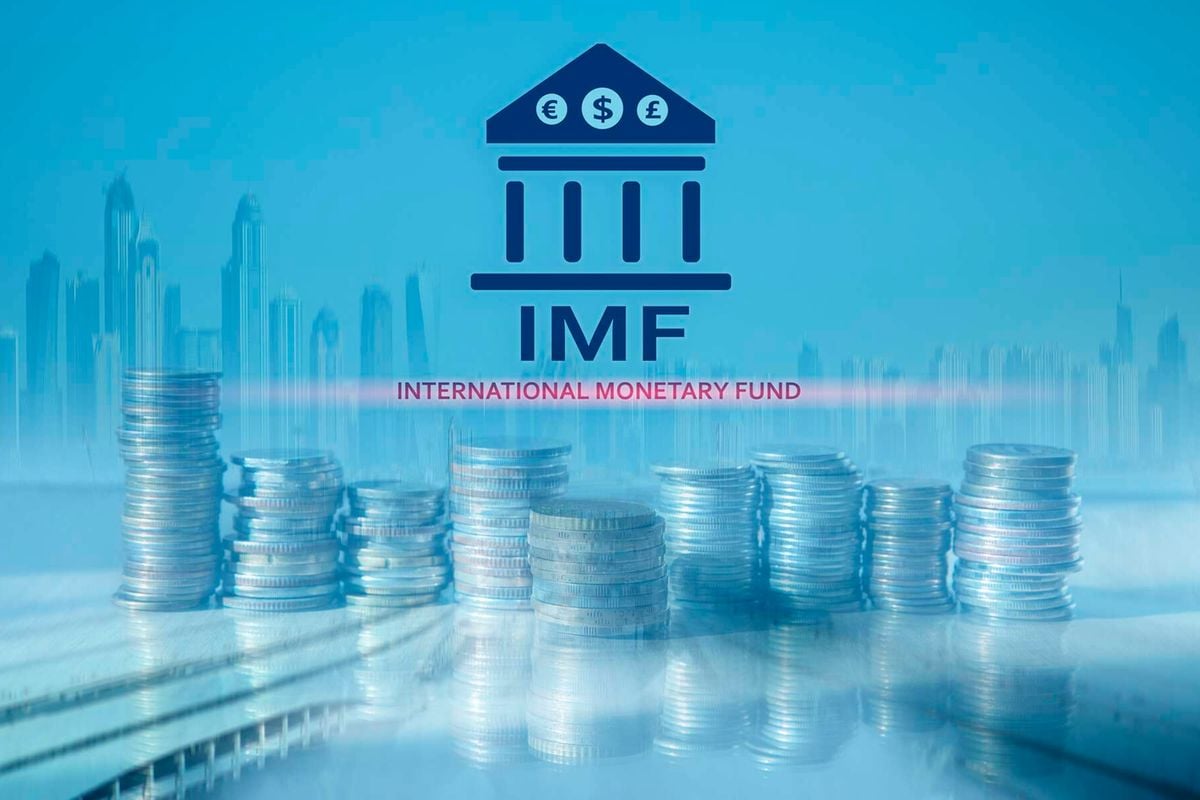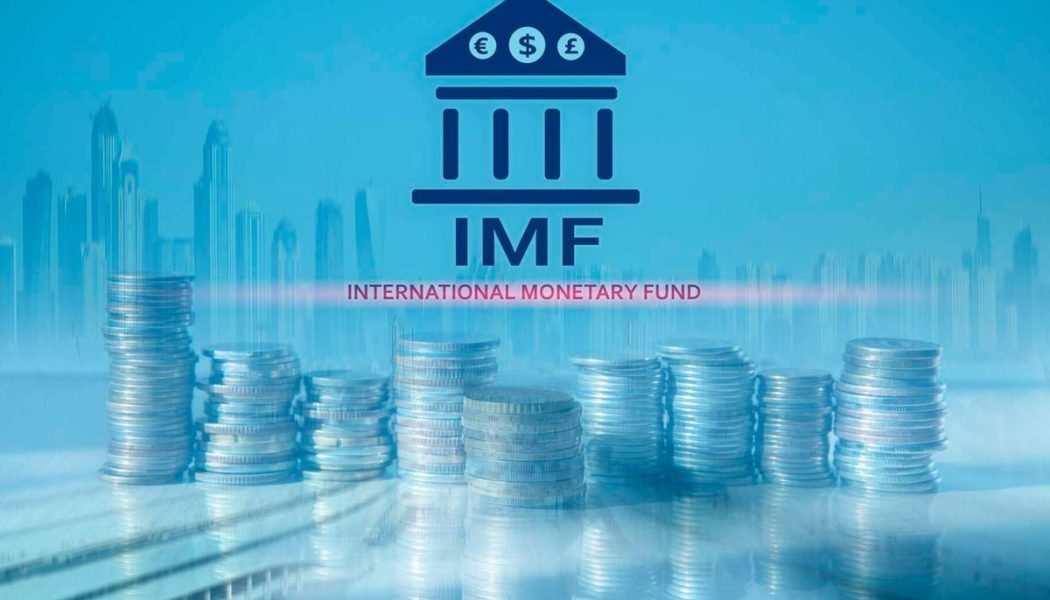
Angola Is poised to overtake Kenya as the fourth-largest economy in sub-Saharan Africa by 2025 on the back of improved production and prices of oil, the International Monetary Fund (IMF) shows.
The IMF forecast indicates that the Angolan economy will expand to $118.409 billion (Sh15.3 trillion) next year compared to Kenya’s $116.662 billion (Sh15.08 trillion).
Kenya—which overtook Angola in 2019—is projected to hold on to the fourth position behind South Africa, Nigeria and Ethiopia in 2024, aided by a stable exchange rate and a pick-up in agricultural productivity due to favourable weather.
The economy of Angola, Africa’s second-largest oil producer, started to rebound after a brutal multi-year recession.
Growing demand for its two main exports, oil and diamonds —backed by an ambitious economic reform and anti-corruption drive — has triggered growth in Angola.
In Kenya, economic activity has slowed down across multiple sectors amid a credit crunch as expensive bank loans dim demand for advances.
A high economic ranking can attract investors and businesses to a country. GDP is one of the macroeconomic indicators investors look at when allocating resources.
A strong economy can also give a country greater influence on the global stage. Countries with bigger GDPs tend to play a leading role in international organisations and decision-making processes.
China has become one of Angola’s most important trading partners, with significant investments in various sectors of the Angolan economy, developments that the US wants to counter.
US President Joe Biden has selected Angola for his maiden trip to Africa since taking office in January 2021.
China is the biggest buyer of Angola’s oil. However, oil imports from Africa have been declining as China increasingly sources crude oil from the more predictable production infrastructure of Gulf Cooperation Council countries, Russia, and other countries in Asia.
Unlike Angola, Kenya’s economy is more diversified, with sectors such as agriculture, tourism, and services contributing significantly to its GDP. This diversification has made Kenya less vulnerable to fluctuations in global commodity prices.
The IMF revised Kenya’s growth prospects for next year downwards to 5.0 percent, in light of the possible fiscal challenges occasioned by the anti-tax riots that led to the rejection of the Finance Bill, 2024.
In April, the IMF had projected the country’s real GDP to grow by 5.3 percent on the back of the easing in consumer prices and declining interest rates, which were expected to spur private consumption and investment.
Kenya is, however, expected to narrow Ethiopia’s lead as the largest economy in the East African region by $72 billion (Sh936.5 billion) in 2024 and $101.13 billion (Sh1.3 trillion) in April, reflecting the weakening of Addis Ababa’s exchange rate.
The value of Ethiopia’s currency fell over a third against the US dollar since July after the government relaxed foreign exchange restrictions and switched to a market-determined foreign exchange rate.
Ethiopia had for a long time maintained a tight control on its exchange rate, giving its currency an artificially higher value and making its imports cheaper.
However, foreign companies operating in Ethiopia have struggled to repatriate profits in the wake of hard currency shortages in the landlocked country of 123 million people that is heavily dependent on imports.
Kenya Airways, for example, disclosed that it was seeking to unlock Sh1.5 billion frozen in Ethiopia due to foreign exchange restrictions.
The size of the Ethiopian economy — which was smaller than Kenya’s in 2020 — continued to grow and is estimated to have increased to $159.74 billion (Sh21.165 trillion) in 2023, widening the gap between it and Kenya.
Control of the exchange rate has raised fears that Ethiopia’s GDP is overstated.
In June last year, Nigeria abandoned its years-long currency peg and allowed the naira to trade freely, which is tipped to end foreign exchange rationing and encourage an inflow of direct investment.
Ethiopia has followed Nigeria’s path and implemented a flexible exchange rate policy backed by the IMF as part of new measures to stabilise its economy.
This helped Ethiopia secure a $3.4-billion four-year IMF loan plan.
The IMF deal unlocked more financing from lenders, including the World Bank, and paved the way for a fresh debt restructuring push.
Ethiopia said that the new exchange rate regime is “critical to relieving (forex) shortages”.
Commercial banks can now set the price of foreign exchange and non-bank entities are permitted to operate forex bureaux for the first time, a historic change in a country where the government for decades fixed those prices, allowing a black market to flourish.









